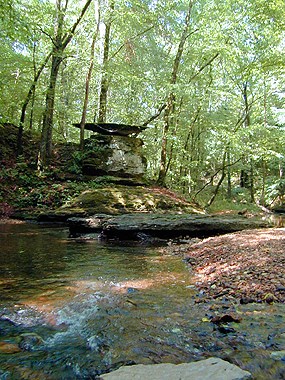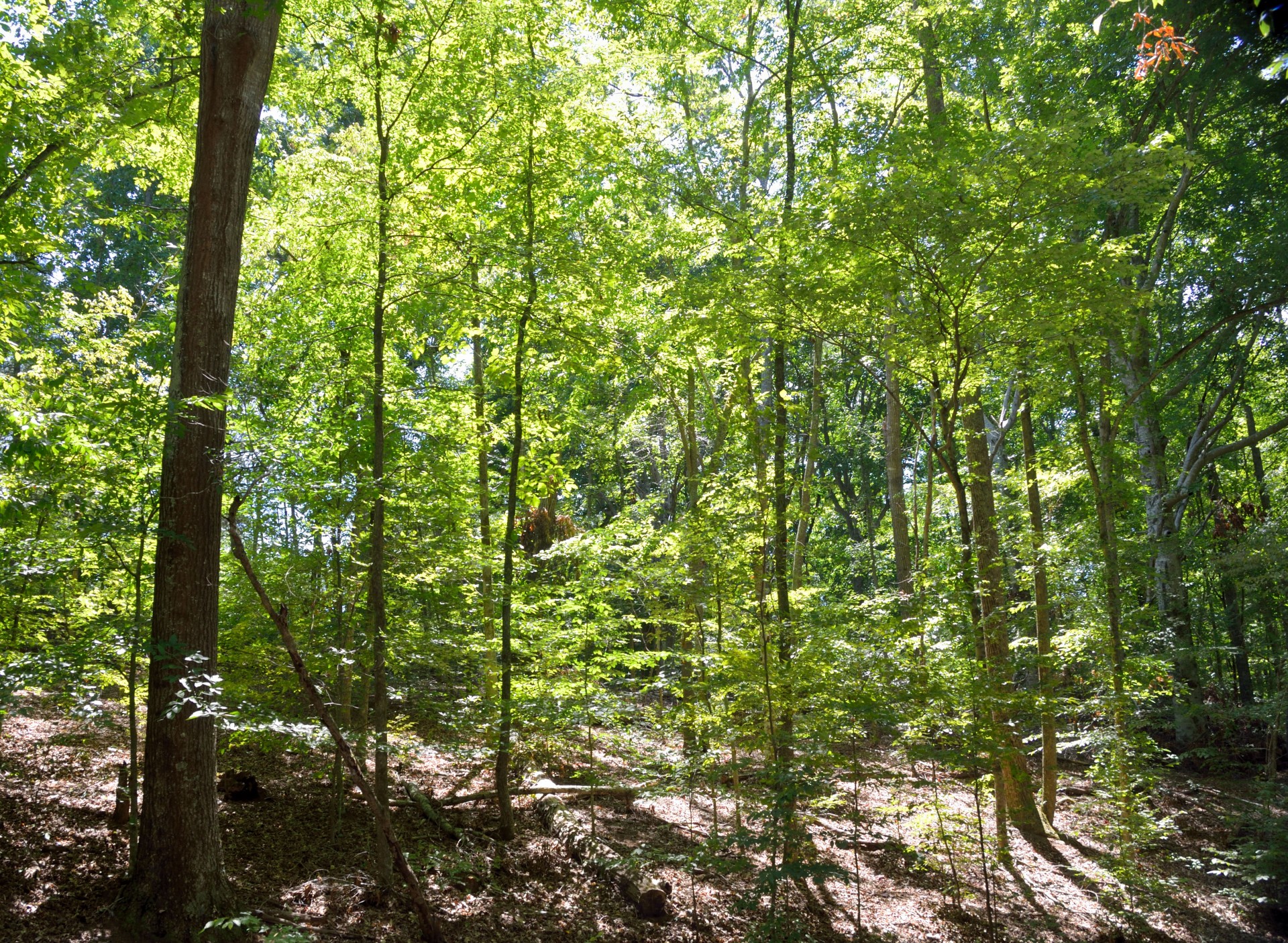Climate Change
Sustainable Energy & Transportation
Environmental & Science Education
Edward Hessler
I recently read an essay by
Rebecca J. Romsdahl, a professor of Environmental Science & Policy at the University of North Dakota.
It was about how red state rural America is acting on climate change,
without using the phrase climate change. She and her colleagues surveyed 200 local governments in 11 Great Plains states to find out what they are doing to mitigate and adapt to the effects of climate change. They found that many reframe the issue in order to move forward and become more sustainable..
One response.
We frame the initiatives as energy savings (= $ savings), as smart growth/good planning, and as common sense resource management. Climate change is only explicitly referenced in our Climate Protection Plan adopted in 2009. Most initiatives fall under the "sustainability" umbrella term.
Dr. Romsdahl reported on the results of this study in a short essay in
The Conversation. It is a revealing read and important research..
The essay made me think about conservatives, some of whom were once climate change deniers but who now have accepted the hard evidence for human-caused climate change. Here are thumbnail sketches of two of them and one of a larger group that may surprise you.
Robert Inglis
I heard former U. S. Congressman
Robert Inglis speak at a University of Minnesota
Kuehnast Lecture a couple of years ago. Inglis noted that he once represented one of the reddest of the red districts in the United States (he served 12 years, not consecutively). He finally lost his 4th District South Carolina seat for several reasons, one of which was his directness in answering a question by a conservative Christian radio host. "Yes or no: Do you believe in human causation on climate change? It was an outdoor event and he was roundly and loudly booed when he said "Yes." His seat is currently held by
Trey Gowdy.
So, how did he get there? One of the influences on accepting the science of climate change was in 2004 when he faced a new opposing constituency: a son, four daughters and his wife who accepted the evidence for climate change. His son told him, "Dad, I will vote for you, but you are going to clean up your act on the environment." Another influence was the evidence he was presented while he was a member of the House science committee. In this respect he is different from a considerable number of conservatives. Inglis has three roots: conservatism, Christian values and an abiding evidence-based world view.
There are three energy principles to which he holds: no subsidies (don't pick winners), honest cost accounting (e.g., the inclusion of health costs in calculations), and a genuine free enterprise.
PBS has a long
interview with Inglis in which he recounts his history and amplifies his prescriptions for Republicans. Englis founded
repulicEN, the Energy and Enterprise Initiative which is housed at George Mason University. Local weather forecaster
Paul Douglas who minces no words about his conservative politics, deeply held Christian beliefs and that climate change is real is a Minnesota member.
Jerry Taylor
Mr. Taylor is president of the Niskanen Center where he works to turn climate skeptics into climate realists.
His background does not hint that he would now be doing this kind of work. Taylor served as staff director for the energy and environment task force at ALEC, a nonprofit organization of conservative state legislators and private sector representatives. This Wiki entry describes the work of the American Legislative Exchange Council (
ALEC). Lerner also served as a vice-president at the
Cato Institute, a leading conservative/libertarian thinktank.
In a recent interview with
Sharon Lerner who covers health and environment for
The Intercept, asked about Taylor's "conversion." It wasn't instantaneous but was deeply influenced by a queston
Joe Romm, a highly regarded blogger on climate change, asked after the two of them did a program. In that program Taylor repeated a claim that the predictions about temperature increases once made in testimony by NASA scientist
James Hansen had proven wrong. It was Hansen who in 1988 gave congressional testimony that raised climate change to a general awareness.
After the program Romm asked Taylor whether he had ever read Hansen's predictions. He said that Hansen's predictions were quite accurate. Rather than blowing this short exchange off, Taylor followed up, reread the testimony and found that Romm was correct. Taylor then asked other climate skeptics who had made the same argument and found that not only were they making that argument but they had been fully aware that they knew that they were being misleading. This led him to more reading about the science.
But it wasn't the science alone that convinced him he was wrong. Taylor was both a climate skeptic and an economic skeptic, i.e., even if climate change was true, the nation couldn't afford the costs to do anything about it. Eventually, he found that the economic case crumbled.
Taylor thinks that "talking to Republican...elites...about science" calmly and dispassionately is powerful in helping them to see through the nonsense. He also makes a conservative case for climate change, similar to Inglis's arguments. They are found in blog comments found at this
Niskanen Center profile of Mr. Taylor.
I was interested to learn that his brother, James Taylor works for the
Heartland Institute and that their dominance in climate denial has occurred under his tenure. Joe Taylor notes that they no longer "spend a lot of Thanksgivings together."
Sharon Lerner's interview fills in the details which I've only outlined.
Climate Solutions Caucus
This bipartisan congressional caucus was formed in 2016 by
Representative Ted Deutch (D-FL) and Carlos Cueblo (R-FL).
The caucus has a novel membership structure. Members board this ark in pairs: one Republican and one Democrat so if you are a Republican who wants to join you must bring a Democrat and if you are a Democrat you must bring a Republican.
The
website of the caucus includes a statement on purpose from documents filed with the Committee on House Administration: "to serve as an organization to educate
members on economically-viable options to reduce climate risk and
protect our nation's economy, security, infrastructure, agriculture,
water supply and public safety."
A current list of members is found on the caucus website (link directly above). I was surprised by a few of the members which merely reflects my biases. I was glad to be shown wrong...again.
Others
I haven't covered the territory. There are many conservatives who accept mainstream science. I just wanted to highlight a few..
Kate Sheppard notes in a recent piece in The Huffington Post that "there are plenty of conservatives arguing for
conservative responses to the threat of climate change". She cites several examples.
The Republican mayor of Carmel, IN, James Brainerd made lowering emissions a priority "because it saves his city money and makes it a nicer place to live."
Former Secretaries of State James A. Baker III and George Schultz, with former Treasury Secretary Henry Paulson are members of the
Climate Leadership Council which consists of Republicans. They recently proposed a carbon tax as "'an insurance policy' against the 'mounting evidence of climate change.'"
The motto of
RStreet, a nonprofit, public policy, research organization, "Free Markets. Real Solutions" quickly summarizes their orientation to energy issues. Ms. Sheppart notes that they partner with "small goverment conservatives and environmentalists on shared priorities.
ConservAmerica ("Conservation is Conservative" is an organization of conservative Republicans, and Independents dedicated to creating, finding and supporting conservative studies for today's environmental energy and conservation challenges."
Please go to
Sheppard's column for some of the details. It is a quick read.
At the beginning of her article, Sheppard mentions neoconservative writer
Bret Stephens, a recent editorial page hire of the New York Times who downplays the quality and claims of global climate science. He is known for dissing science. You may know his work, even that he is writing about climate for the NYT. In an alert (aka as a push notification) about his debut, the NYT, according to
Susan Matthews of Slate wrote that "reasonable people can be skeptical about the degrees of climate change." His first column elicited
this response from climate change scientists.
One of the signers, is
John Abraham, a professor of engineering at the University of St. Thomas.


 CGEE Student Voice
CGEE Student Voice
















